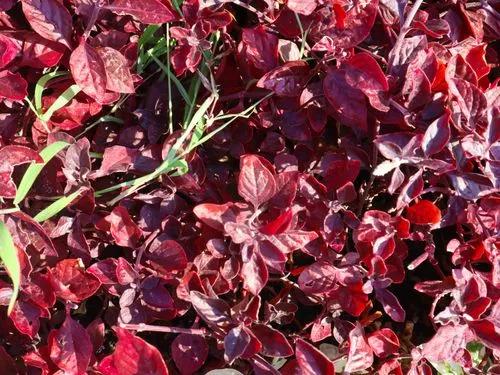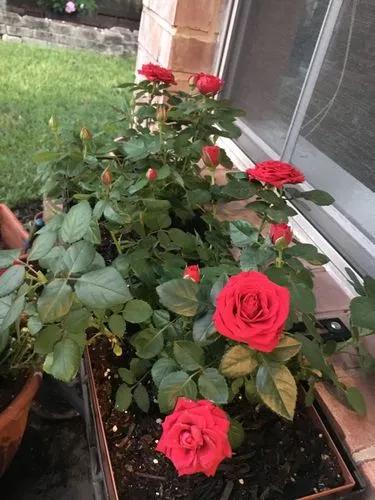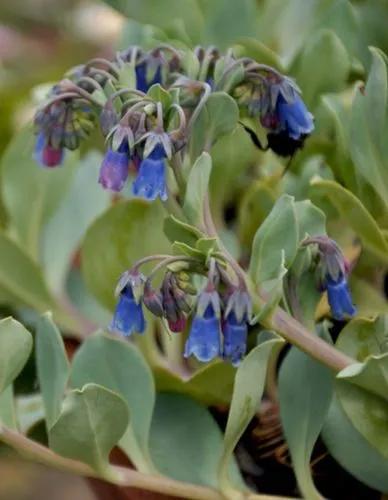E. variegata is a thorny deciduous tree growing to 27 m (89 ft) tall. The leaves are pinnate with a 20 cm (7.9 in) petiole and three leaflets, each leaflet up to 20 cm (7.9 in) long and broad. It has dense clusters of scarlet or crimson flowers and black seeds.
Erythrina Variegata Care
Erythrina Variegata
Other names: Tiger's Claw



How to Care for the Plant

Water

The coral tree needs plenty of water, but waterlogging must be avoided at all costs.

Pruning

As a container plant, the growth limit is reached at some point in the coral tree, so that a pruning is inevitable. Maybe it already has to be done when moving to winter quarters, because otherwise the plant does not fit in its intended place. The ideal time to cut a coral tree is actually spring, when no new foliage has been expelled. The pruning may then turn out quite strong and be adapted to the local space conditions.

Fertilizer

Fertilization takes place at least once before the vegetation. However, depending on the make, it is also possible to fertilize several times over the summer months. A slightly basic fertilizer should be used as the plant does not develop well in an acidic environment.

Soil

The trees prefer a deep, well-drained, sandy loam, but they tolerate a wide range of soil conditions from sands to clays of pH 4.5 to 8.0. They can withstand waterlogging for up to two weeks and are fairly tolerant of fire. Erythrina variegata is bird pollinated, outcrossed and sometimes genetically incompatible.

Temperature

It can be found up to an altitude of 1500 m (NFTA, 1993). In its native range, Erythrina variegata grows where annual rainfall ranges from 800 mm to 1,500 mm with an average temperature of 20-32°C (Groom, 2012).

Container

12″ to 16″ diameter pots

Additional

All parts of Erythrina variegata contain alkaloids. Leaves and bark contain erythrinine, a poisonous alkaloid that acts upon the nervous system and has a narcotic effect. The leaves, bark and seeds contain saponins (Orwa et al., 2009). Erythrina variegata is a medium to large tree, commonly reaching 15 to 20 m in height in 20 to 25 years. It has an erect, spreading form, typically with several vertically oriented branches emerging from the lower stem.
Discover more plants with the list below
Popular articles






